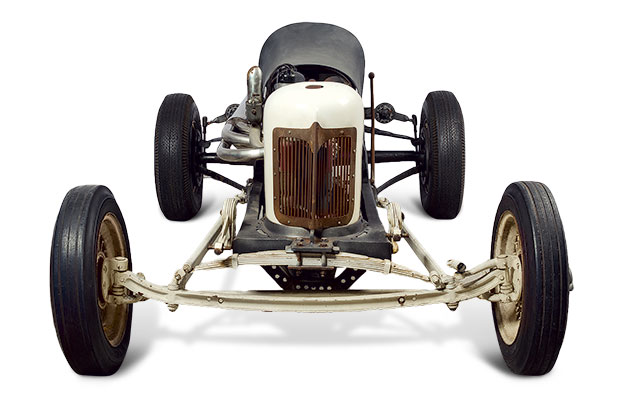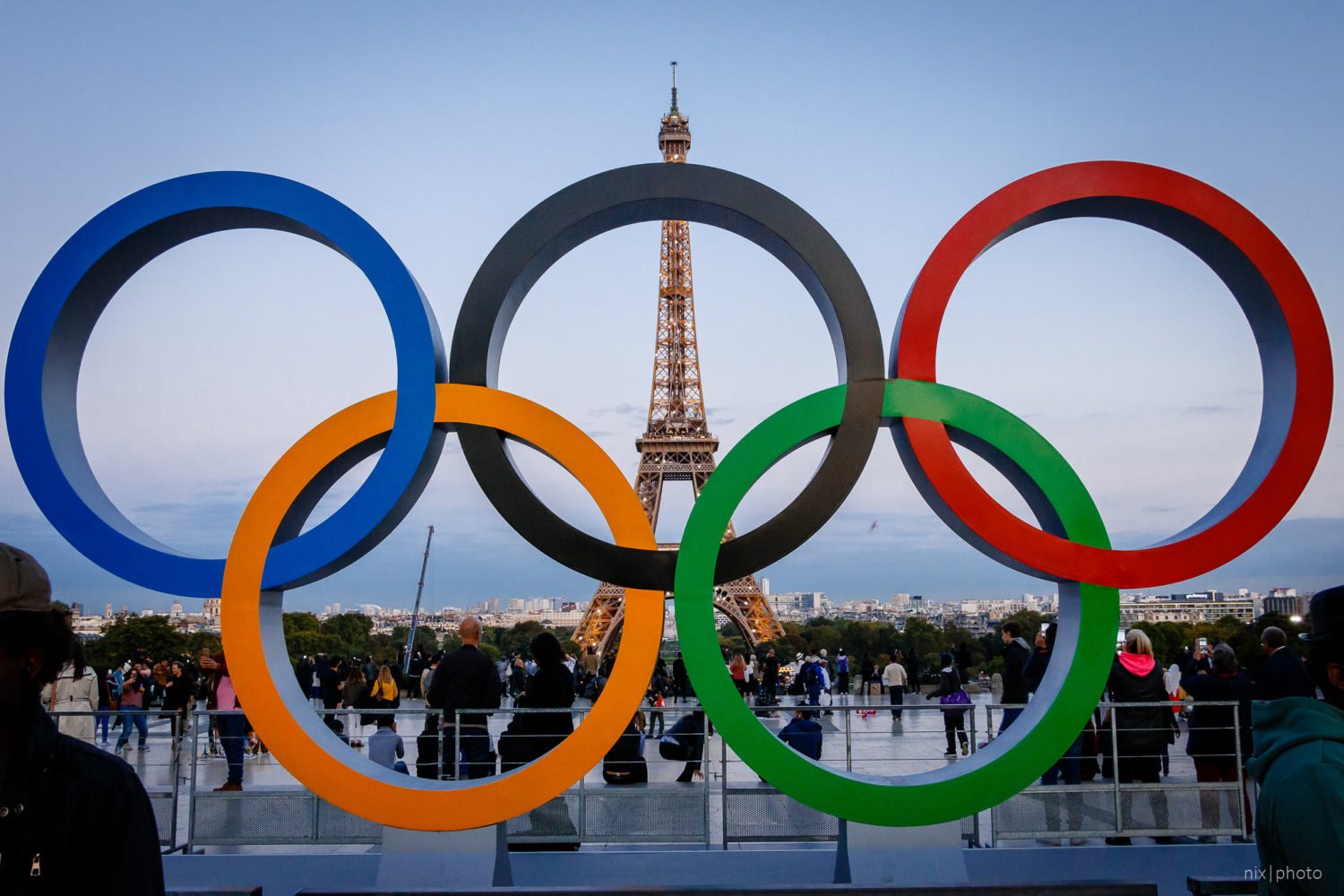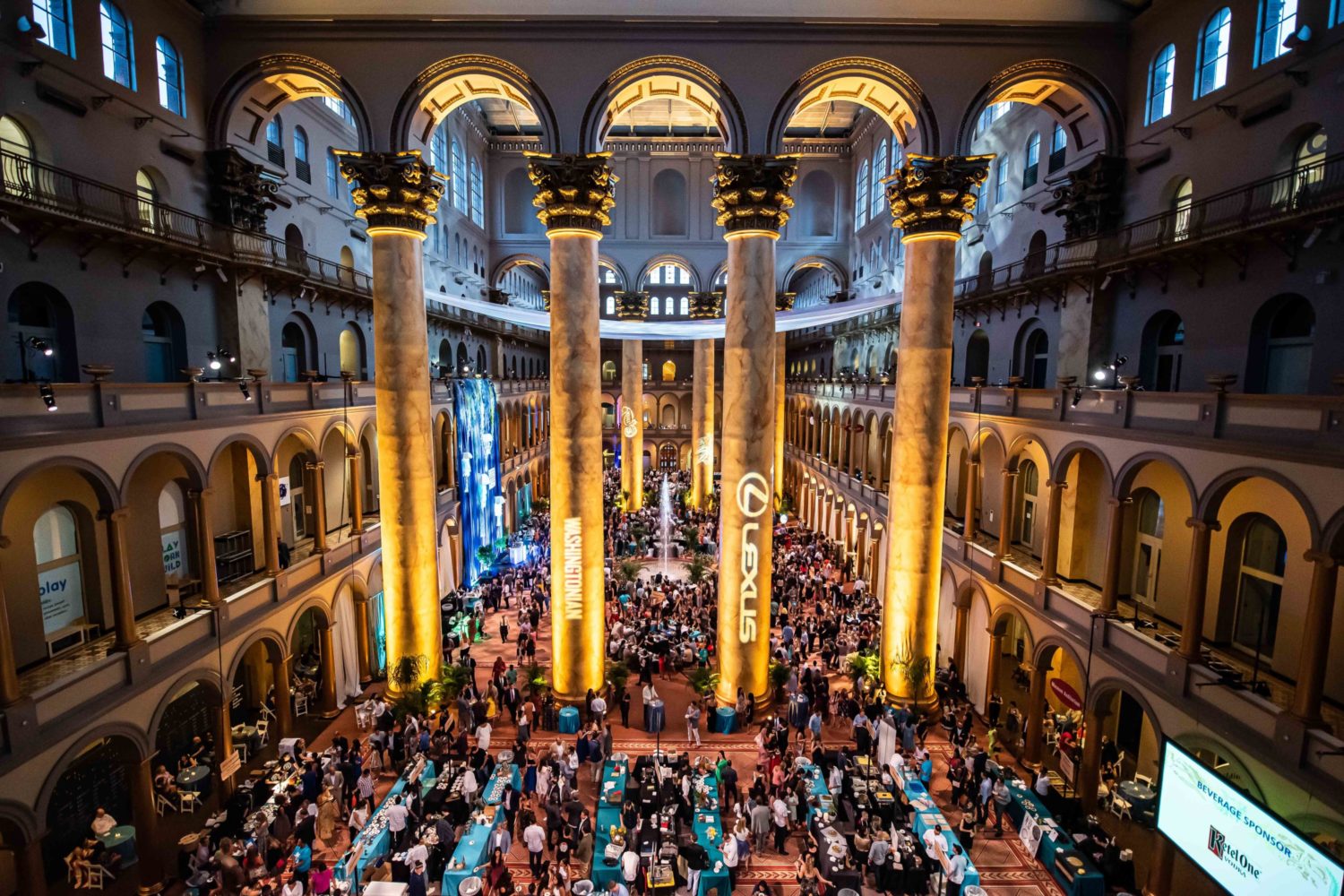Though perhaps best known in Italy, where he spent two decades at the start of his career, Salvatore Scarpitta grew up in Los Angeles and taught for many years at Baltimore’s Maryland Institute College of Art, where his students included Jeff Koons. With “Salvatore Scarpitta: Traveler,” opening July 17—one of the only shows in a major US museum dedicated to his works—the Hirshhorn hopes to introduce a new audience to his genre-bending art. “One of the reasons the title ‘Traveler’ seemed apt is that he’s in between—between Italy and America, between generations of artists, between painting and sculpture,” assistant curator Melissa Ho says. “He doesn’t fit neatly into any art-historical categories.”
Scarpitta was born in 1919 in New York City and went to LA’s Hollywood High School before moving to Rome to attend the Accademia di Belle Arti. He graduated in 1940, not long before World War II broke out. Scarpitta was placed in an Italian internment center for nearly a year and a half, eventually escaping and making his way to Allied-controlled territory, where he joined the Navy, serving for a time as a “monuments man,” helping catalog and recover works of art stolen by the Nazis. When he returned to America, he rekindled a boyhood fascination with sprint-car racing, a homegrown sport akin to a less polished NASCAR that grew out of dirt racetracks across the US. (He even owned a sprint-racing team for a time.)
That fixation can be seen in several of the 19 works in “Traveler,” including a series of paintings incorporating cast-off bits from vehicles and the full-scale sprint cars that he began building later in his career. “Sprint cars are artisanal in a way, made by enthusiastic individuals who aren’t going to make a lot of money,” Ho says. “Scarpitta saw a parallel—strangely, because they come from such different backgrounds—between the people racing and artists.”
The works in “Traveler” span the late 1950s through 2000. Among the early creations are shaped canvases, which hang like paintings but have the 3-D nature of sculptures, taking “what is normally invisible, neutral support and using that as the material,” according to Ho. One of the last sculptures Scarpitta created before his death in 2007—a sled pieced together from found objects, called “Cot and Lock Step n. 2 Cargo”—represents another way humans move themselves from one place to the next but also the final journey: the transition from life to death and what may lie beyond. Says Ho: “Knowing he created it not in great health, it feels like a work referencing mortality, like images from Egyptian art of a sledge transporting a soul to the afterlife.”
July 17 through January 11; hirshhorn.si.edu.
This article appears in the July 2014 issue of Washingtonian.

















